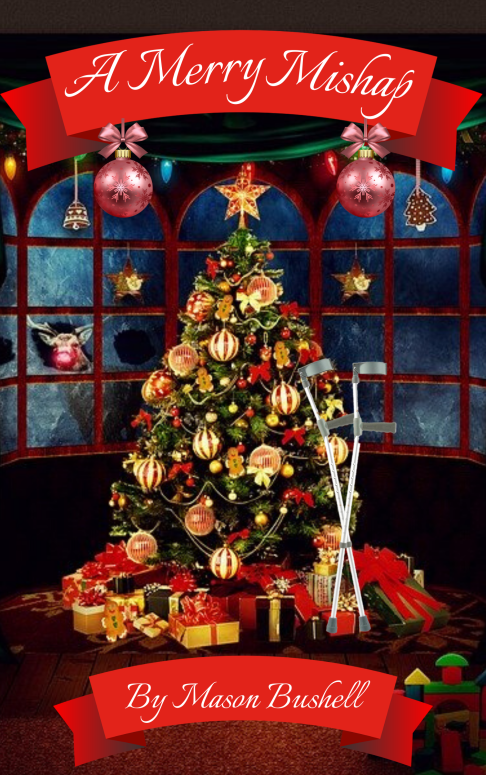Self-Help Articles
CHARACTER POINT OF VIEW (POV)
When an author tells a story from different points of view. (POV) Here is an example of what I'm talking about.
First Person - I can't believe that I finally made it to the ocean. This is something I have always dreamed of doing; walking along the beach, wading in the knee deep water, knowing I would never go deeper for the fear I had of sharks. I have never before seen such a beautiful view.
Seagulls flew over my head, snatching fries out of the hands of the little girl having lunch with her mother in the sand. Sailboats glided across the water in the distance. It was all a sight to behold.
Third Person - She couldn't believe what she was seeing. It was her first time ever to visit Daytona Beach. Watching the activity happening around her, she knew she would never forget this spectacular view; she would remember this trip until her dying breath. That day would come sooner than she thought.
You must choose how you want to write a story and stick with the same point of view. You can write 'first person' which means you use the words 'I', 'we', 'us', etc...
You can choose to write in 'second person'. It can be used in fiction, but is not usually done. Second person is told to YOU. It is common in non-fiction.
There are two different types of 'third person'. There is 'third person, limited' - Many writers use this point of view. This view uses the pronouns he, she, his, hers, it, its, and so on. Here, the narrator is outside of the story and is relating the experiences of a character.
Then there is 'third person, omniscient'. This point of view still uses the pronouns he and she, but the narrator has full access to the thoughts and experiences of all characters within the story.
I know it can get confusing. When in doubt, I always go to third person, limited. Unless you feel like 'being' the character and writing 'first person'. Just please, don't combine the two. (until you are comfortable writing)
However, there ARE certain instances in combining first and third points of view but if you don't know how to exactly do this, it can be daunting and very confusing. If you feel you need to put in different POV's, then at least do it in separate chapters and title that chapter with the name of the character giving that point of view.
Beware, some readers don't notice the chapter names, therefore becoming confused about the story. So please, when you first start out your writing career, pay attention to whose POV you want to tell your story in. OR simply get an opinion from someone in the business!
Books
-
A Merry Mishap
written by
Mason BushellPTO...
Logan is a lonely writer who can't wait for Christmas to be over. An injured lady falling into his care may be about to change that. Even with loving feelings growing between them Logan knows a relationship can't happen. Will Christmas create magic between them? Join them for a cosy story and find out....
Logan is a lonely writer who can't wait for Christmas to be over. An injured lady falling into his care may be about to change that. Even with loving feelings growing between them Logan knows a relationship can't happen. Will Christmas create magic between them? Join them for a cosy story and find out....
Mason Bushell A Merry Mishap...
Mason Bushell - from £0.99 A Merry Mishap
Logan is a lonely writer who can't wait for Christmas to be over. An injured lady falling into his care may be about to change that. Even with loving feelings growing between them Logan knows a relationship can't happen. Will Christmas create magic between them? Join them for a cosy story and find out....
(read more)


